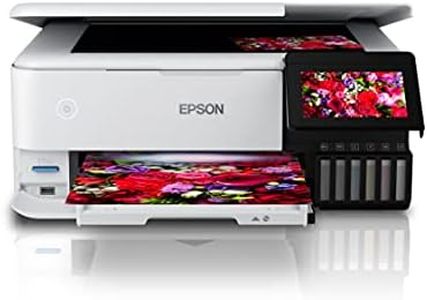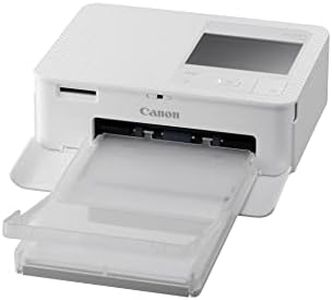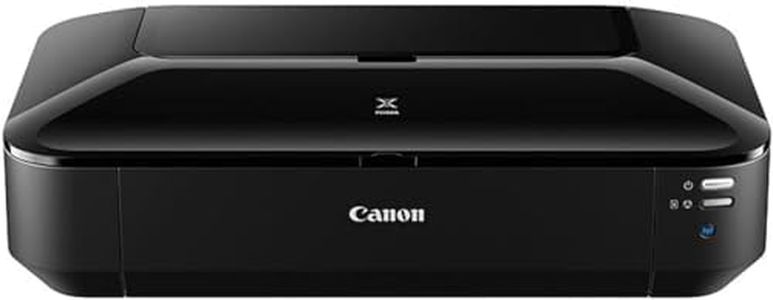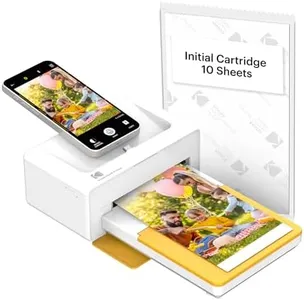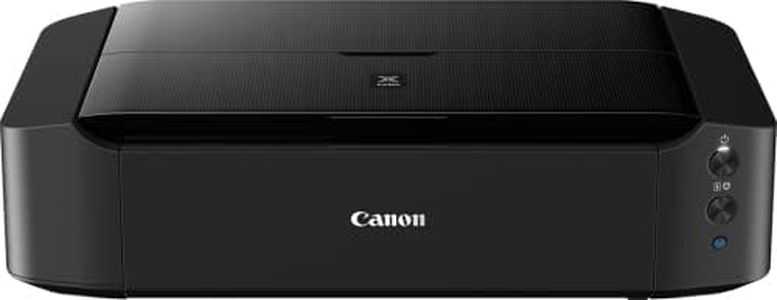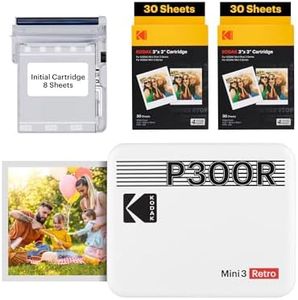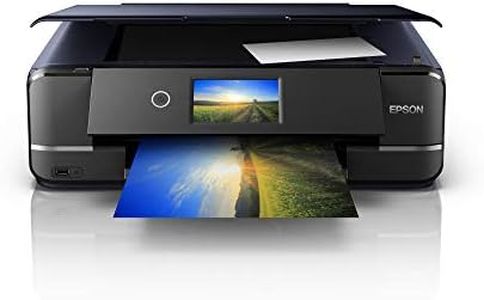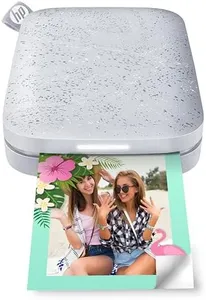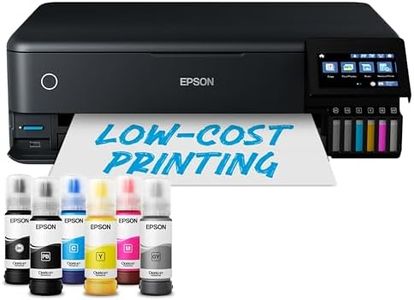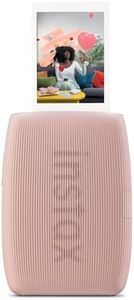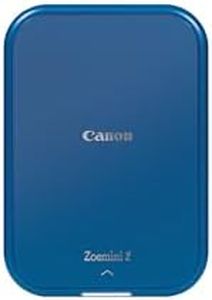We Use CookiesWe use cookies to enhance the security, performance,
functionality and for analytical and promotional activities. By continuing to browse this site you
are agreeing to our privacy policy
10 Best Photo Booth Printers
From leading brands and best sellers available on the web.Buying Guide for the Best Photo Booth Printers
Choosing the right photo booth printer is all about matching your needs with the printer’s capabilities. Photo booth printers are specialized devices meant to quickly and reliably produce high-quality photo prints during events. The main points to think about are print speed, durability of prints, connectivity options, print size flexibility, maintenance requirements, and how easy the printer is to use at busy events. Understanding what each spec means and how it impacts real-life use will help you select a printer that makes your photo booth operation smooth and keeps your guests happy.Print SpeedPrint speed tells you how fast the printer can produce a single print, usually measured in seconds per photo or prints per hour. This is crucial at busy events because a printer that is too slow can create long lines and frustrated guests. Print speeds can generally be divided into slow (over 60 seconds per print), medium (30-60 seconds), and fast (under 30 seconds). If you expect many attendees or want to maximize throughput, choose a faster printer. For smaller gatherings, a medium speed can be acceptable.
Print QualityPrint quality is usually described in dots per inch (DPI) and determines how sharp and vibrant your photos will look. Higher DPI means more detail and better color, which is great for professional-looking prints; however, it can sometimes mean slower print speeds. Quality typically ranges from basic (around 200 DPI), standard (300-400 DPI), to high (over 400 DPI). If appearance is very important, such as at weddings or corporate events, aim for standard or high quality. For casual functions, basic or standard may be sufficient.
Print DurabilityThis refers to how long the prints last without fading, smudging, or getting damaged. Dye-sublimation printers, the type usually used for photo booths, tend to create more durable prints than inkjet printers. Think about whether guests will be keeping the photos as souvenirs—if so, longer-lasting prints are preferable. For one-day events where print longevity is less important, you can compromise slightly on durability.
Media Size and TypeMedia size is the range of photo sizes the printer can handle (such as 2x6, 4x6, or 5x7 inches). Flexibility here allows you to offer different print formats, which can be a selling point. If you want to provide standard strips or postcard photos, ensure your printer supports those sizes. Some printers can also do stickers or specialty finishes. Select the size(s) you plan to routinely offer and make sure the printer can handle them easily.
Connectivity OptionsPhoto booth printers connect to photo booths or computers via USB, wireless, or even Bluetooth. Wired connections are more reliable for busy situations, while wireless options give you more flexibility if you want to operate without cables or use a tablet. If your photo booth setup is stationary, USB is fine, but for portable or modern setups, look for printers that offer wireless connectivity.
Ease of Use and MaintenanceEase of use covers how easily you or an operator can load paper, replace ink/ribbons, and troubleshoot any issues. Maintenance involves regular cleaning and part replacements. If you want hassle-free operation during events, look for printers known for simple paper and ink loading and clear status displays. For those who want to minimize downtime and avoid complicated setups, user-friendly options are crucial.
Printer Size and PortabilitySome printers are compact and light, ideal for mobile photo booths or where space is limited. Others are larger and heavier but may have bigger media capacities, meaning fewer interruptions to reload supplies. Decide based on whether you need to move your printer often or keep it set up in one place.


